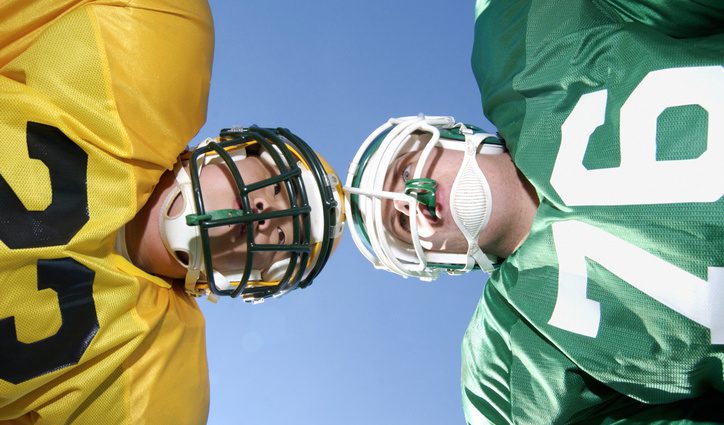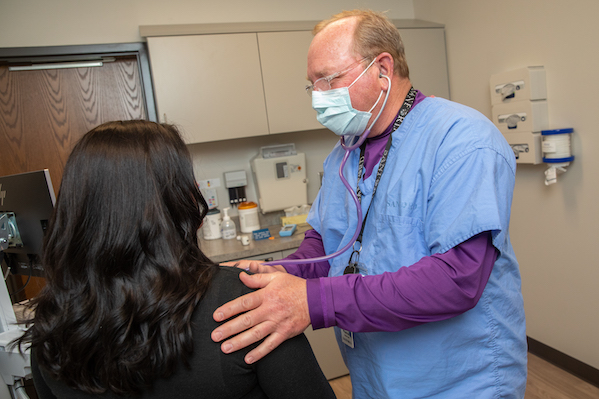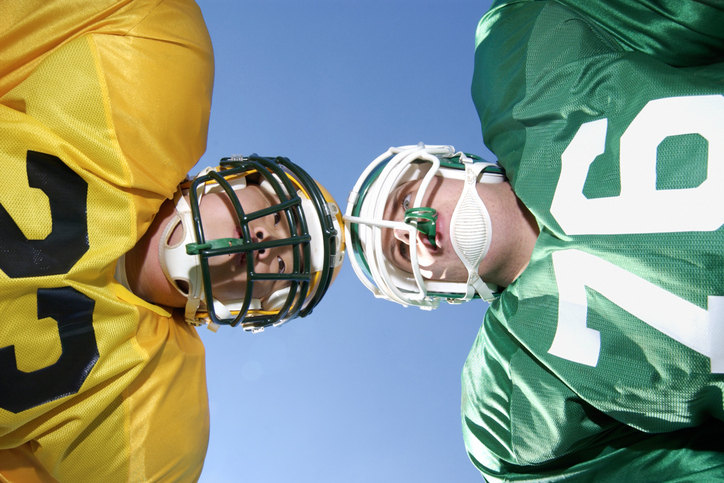Keeping the facts first in the face of head-injury fears
Aug. 10, 2018
This paid piece is sponsored by Avera.
American culture is becoming more aware of the serious and long-reaching impacts of injuries to the brain for athletes, and really anyone who experiences a hard knock to the head.
The days of “suck it up and play” are giving way to a mind-set that says, yes, concussions can be scary and should be addressed with the right approach to avoid any lasting limitations.
“More athletes have heard about studies or have seen the Will Smith movie that focuses on chronic traumatic encephalopathy (CTE) among NFL players,” said Dr. Jonathan Buchanan, Avera Orthopedics sports and internal medicine physician. “There’s a better awareness but also some fears that any contact can lead to bad outcomes. CTE is not inevitable for football players or other athletes. At the same time, proper care for concussion is important.”
These injuries are so important that Avera has developed a multidisciplinary clinic that can help any athlete of any age address concussions. Specialists in orthopedics and sports medicine, along with therapists, eye-care professionals and neurologists can provide a full range of care to people who face these injuries, not just in sports, but in everyday life, such as accidents and falls.
What concussions to do our brains
Brain injuries such as concussions occur on the cellular level, where the individual cells are smashed, much like water balloons, releasing a combination of materials, including salts that attract fluids and can lead to swelling.
In moderate or severe cases, the injury causing headaches and dizziness also shows up on medical imaging such as a CT scan or MRI.
In milder cases, images show nothing, but the cellular-level damage still exists.
“Head trauma is serious and the most important factor is to get the athlete out of the game to avoid what’s called ‘second-hit syndrome,’ which is indeed a scary situation for anyone to face,” Buchanan said. “Today, many people involved in sports, from trainers to parents to referees and coaches, all are more attuned to noting the telltale signs of concussion and getting immediate attention to the player.”
That initial care should include a retreat to the locker room and rest for the brain. During concussion recovery, any activity that makes the brain work harder, such as playing video games or taking online courses or tests, can slow the healing process. The guideline of 72 hours with little or no stimulation is best.
Balancing things out
After that initial period, walking or other safe activities that carry no risk of potential head injury can actually help the healing process, which is typically a week to 10 days.
“Modest exercise, such as walking on a treadmill, is OK in most cases, depending on the advice of the patient’s doctor,” Buchanan said. “It requires good communication and balance. We don’t need to isolate or restrict them completely.”
Health-care providers need to respect the brain injury and treat it but avoid over-reaction.
“We no longer ignore these serious situations – like football players did in the 1970s and before,” Buchanan said. “Yet in most cases, after the initial seven to 10 days, 95 percent of people get better. The healing can occur, and they can return to sports.”
“Many cooks” make for thorough recovery
The Avera Concussion Clinic helps concussion sufferers regain confidence and recovery, especially when they face what’s called post-concussion syndrome. That diagnosis comes when symptoms persist six weeks or more after the initial injury.
Specialists treat each aspect of this syndrome. Physical therapists address dizziness, speech therapists treat possible word confusion, and eye-care specialists can help patients who face double-vision or other sight issues.
“It’s a strong combination of many medical disciplines combining their efforts for each individual and his or her symptoms. Many ‘cooks’ in the kitchen — that can help us approach treatment best,” Buchanan said. “We’re able to help many people and to educate more people on the respect, but not baseless fear, that we need to have about these injuries of the brain.”








